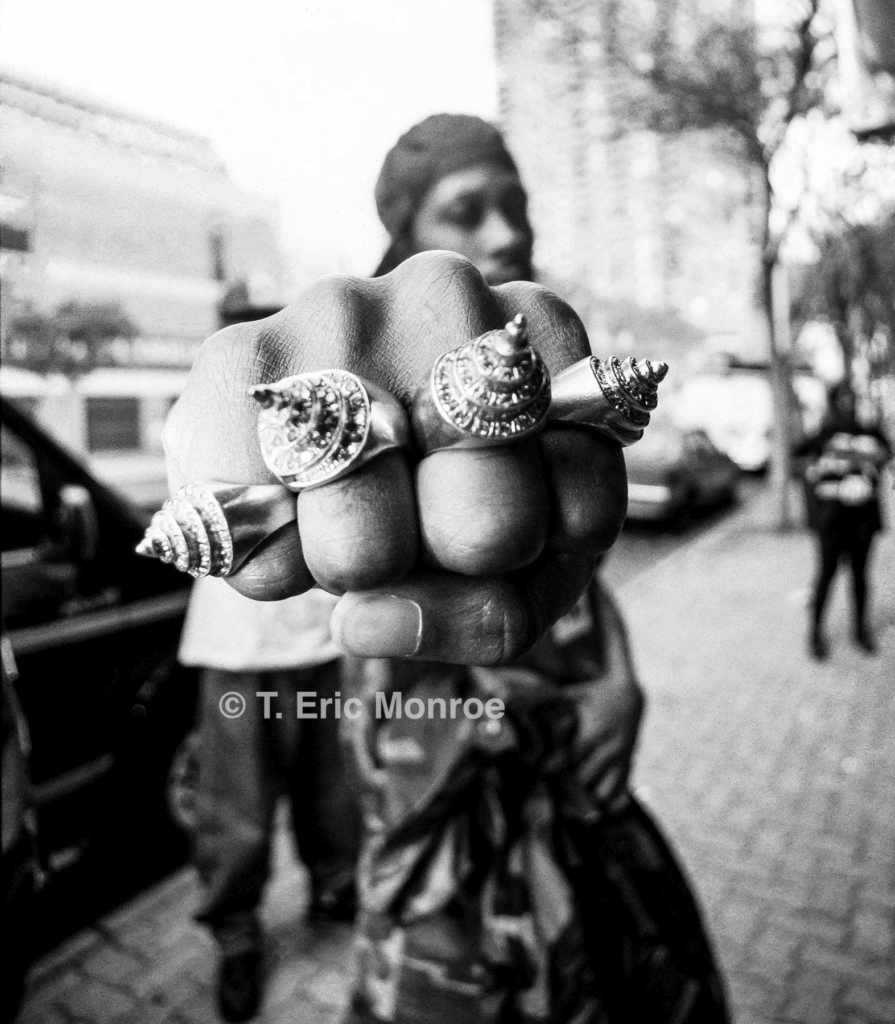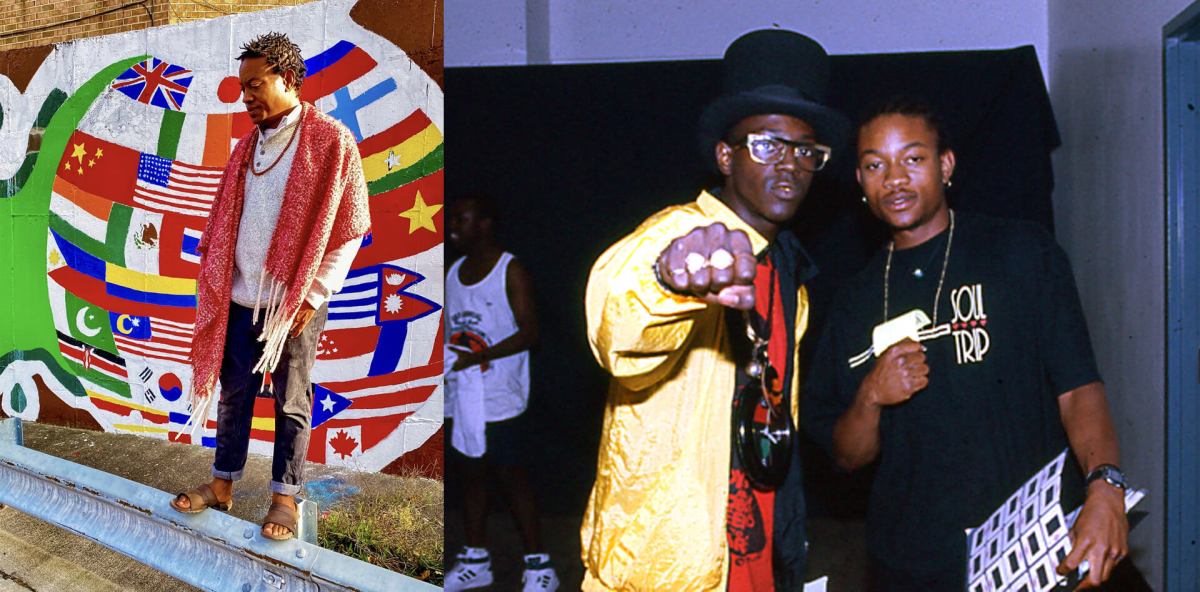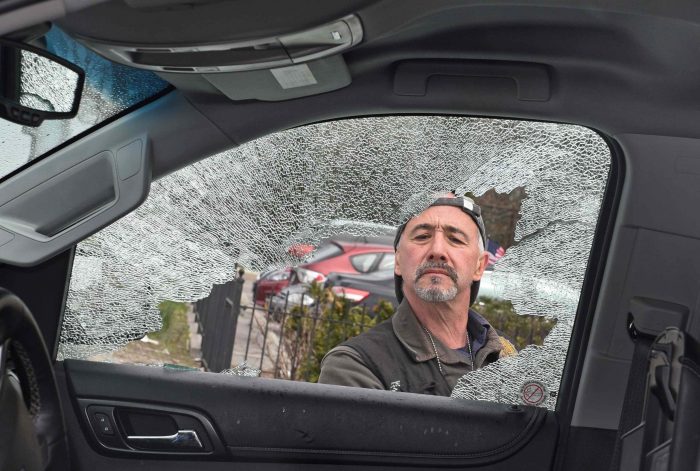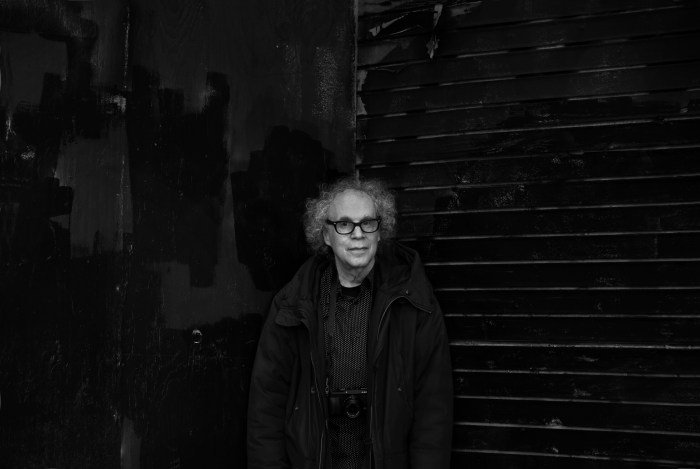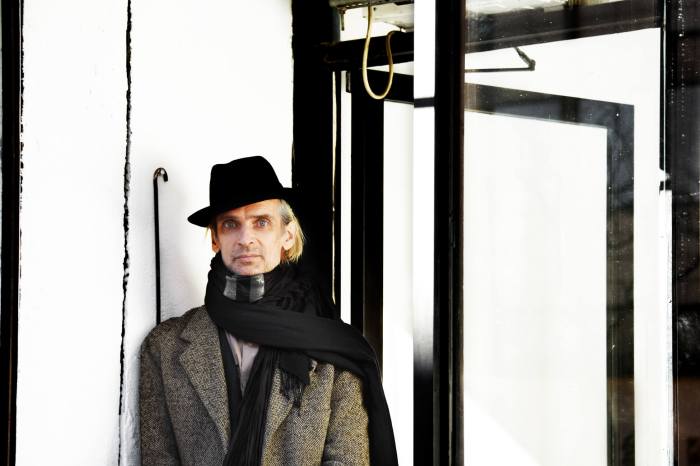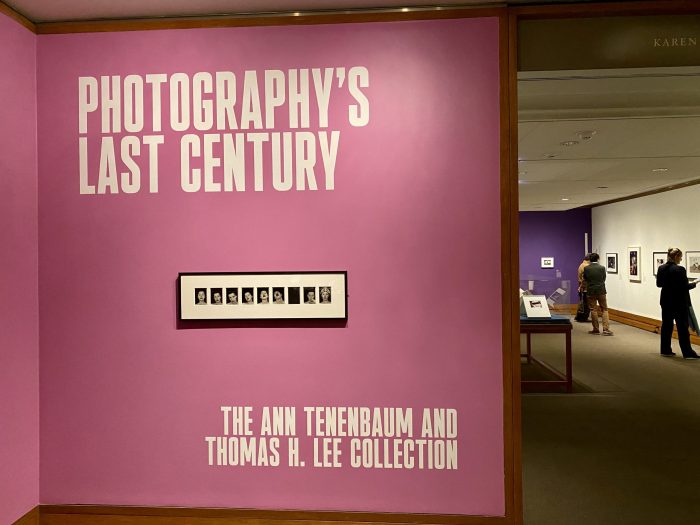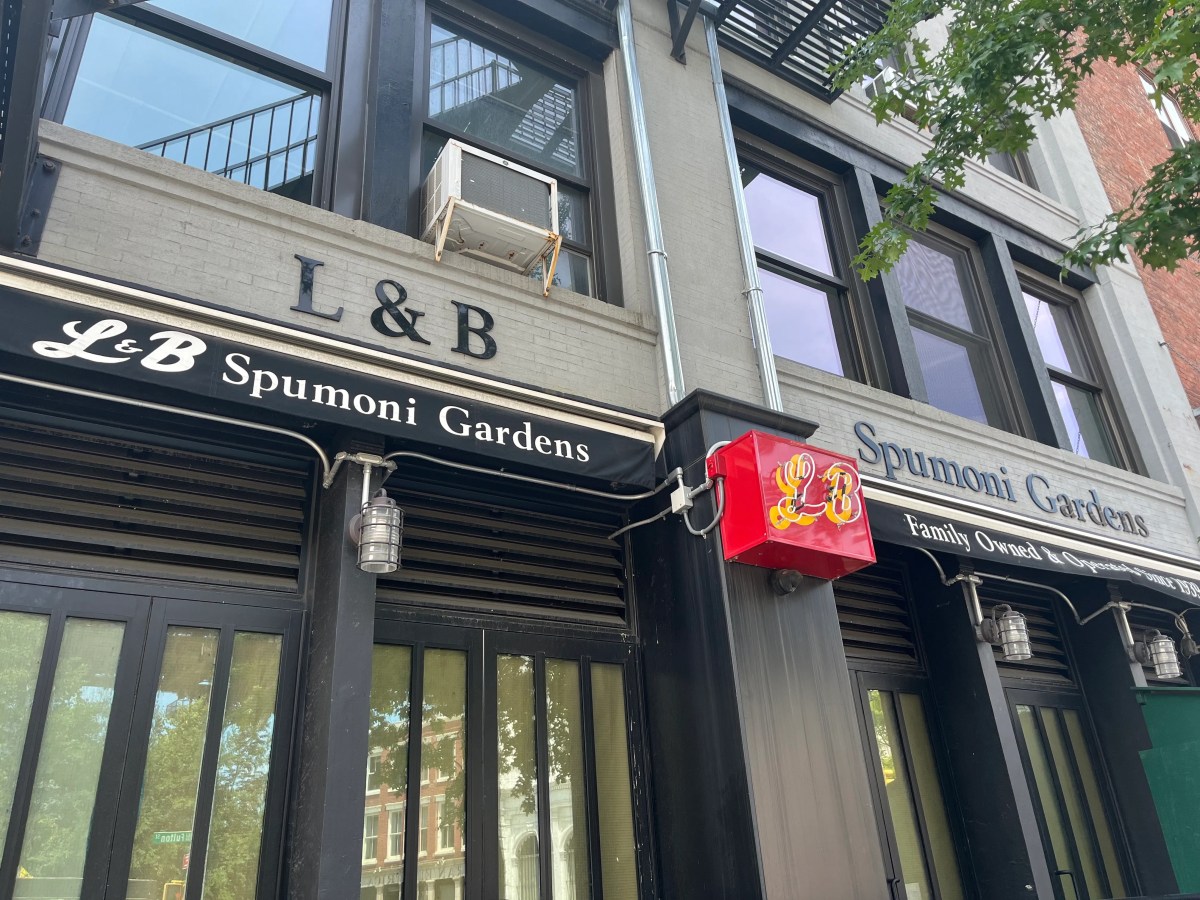T. Eric Monroe was always the one taking photos at family events, trying to capture the moment.
“It was a natural extension of what I did to share with others my experiences,” said Monroe. “Whether it was family holidays, fishing trips, or a football game, it was always a part of my natural wanting to do.”
While he is mostly self-taught, the New Jersey native took some classes in school to help better understand developing film and handling the camera. Monroe started taking photos are New York City skating competitions that he was later able to sell to Thrasher Magazine, a skateboarding publication, while he was in school.
“I was also an active skateboarder so I would go to competitions in New York City once a month. I would have my camera and capture the moments as they were happening,” Monroe recalled. “I remember one of the first events I went to and was taking pictures at, it was towards the end of the freestyle competition. One of the competitors was a woman, she was the first woman ever to skate in a male competition in the Eastern Skateboarding Association at the world-famous Brooklyn Banks skatepark. I took a picture of her with her trophy. I worked with the director of the event and got the results, submitted it to Thrasher and that was in 1988.”
Monroe would go on to submit more photos to Thrasher while he was in high school, but it wasn’t something he thought he could make a career of at the time. He built up an impressive portfolio of skaters and hip-hop artists over the years, and shooting weddings and other events.
He later went to a local community college that had a photography major in an effort to hone his craft further, but ultimately left after clashing with his professor. The young photographer had handed in a portfolio for a project that he used professionally to sell photos, but because the portfolio did not match what his professor was teaching, he received a D on the project.
“I asked why I got a D and he said, this is not the way your portfolio is supposed to be. But I said this is the portfolio that’s giving me the work in New York City as a professional photographer. He said you’re getting a D and I never went back to school,” said Monroe. “Looking back I don’t know if I was bursting their educational bubble of, ‘this is why you should be paying this institution cuz I’m teaching you to go work as someone’s assistant after you’ve paid thousands of dollars for your education but now you have to start at the bottom again.'”
By 1992, Monroe had continued to build up his photography portfolio on his own. He was working MTV’s Beach Bash when he managed to get his way into shooting a Kriss Kross concert and get backstage to take more photos. Another photographer at the show encouraged Monroe to sell his photos and gave him contacts for some outlets that may be interested.
Monroe was able to get in with a stock photo agency, but when they saw his photos, the agency arranged for Monroe to shoot the hip-hop group Arrested Development. During that job, Monroe found a flyer for a show featuring the group De La Soul, and managed to shoot them as well.
“I went to the stock agency that following Monday and they were surprised that I was able to shoot so much and they were actually shocked that I had photographed so much in such a natural way,” said Monroe. “Instead of putting me on contract to license out work to magazines, they worked with me and said I should get a magazine behind me so I can get access to shows. The only magazine I knew was Thrasher.”
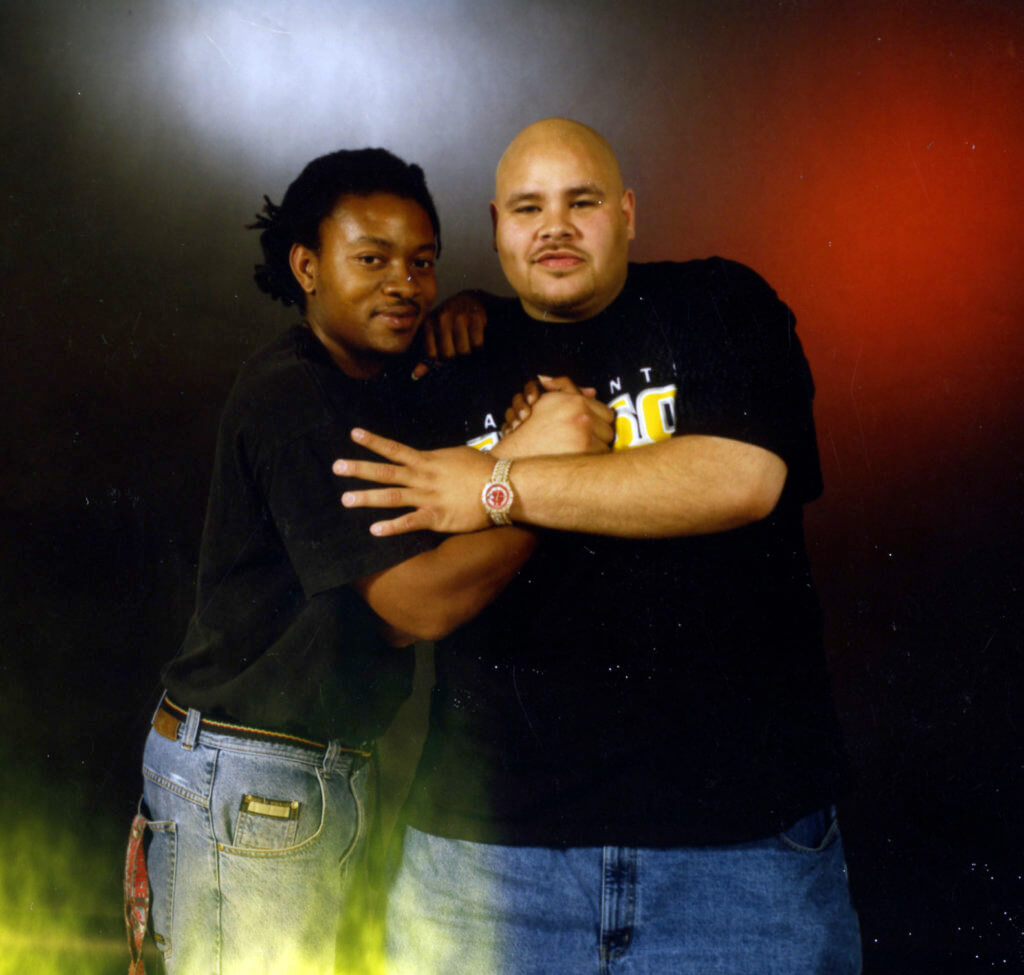
Monroe would go on to photograph shows and write for Thrasher, eventually bringing on his friend to write the articles. Monroe has since built relationships with the artists that he photographed, including Fat Joe, RZA, Tupac, Biggie Smalls and more.
“The way I took pictures, I didn’t tell them what to do, it was my job to naturally just observe and capture that. When your family is around when a special time is around, this is the shot that will tell the story in one photo, that’s how I approached it,” said Monroe.
As a kid from the suburbs, Monroe was blown away at the kindness that the artists showed him while he was in the city.
“I remember my first time photographing and hanging out with Fat Joe, I didn’t realize some of the areas were so ‘bad’ because Joe was driving me around. I remember the first time he brought me back to the subway station to bring me back to Manhattan, he said something to the effect of you know, go to the train, be careful, it’s crazy out there. To me, it was like I didn’t know the difference in the 90s. But Joe looked out for me and made sure I got on the subway to get back to Manhattan,” said Monroe. “I didn’t know certain areas were dangerous or certain crime areas, not to say that everyone looked out for me but they saw this innocent kid who was nonthreatening, so I should look out for him and as a result, the work showed the level of passion and respect for the people that they were around.”
When it comes to photography, Monroe says new photographers should take the time to experiment, because you never know what kind of shot you could end up with.
“I always got the shot I needed, but by playing around I knew an outcome I would have. Follow your passions, ask questions, utilize YouTube or ask someone whose art you really like how you got results,” said Monroe. “Don’t give up, you never know what you captured. In 1993, I set up a shoot for Onyx magazine. As I was putting my work away, I heard someone say, ‘hey come take our picture.’ So I got the camera out, say thank you. Fast forward to 2012 and I’m starting to organize my material to start sharing, this one photo – looking at it, I knew it was Tupac, but it was a giant middle finger. As I’m looking at the slide, with Tupac’s middle finger, I started laughing. It was Tupac, Biggie Smalls and Lil Cease wearing the same shirt.”
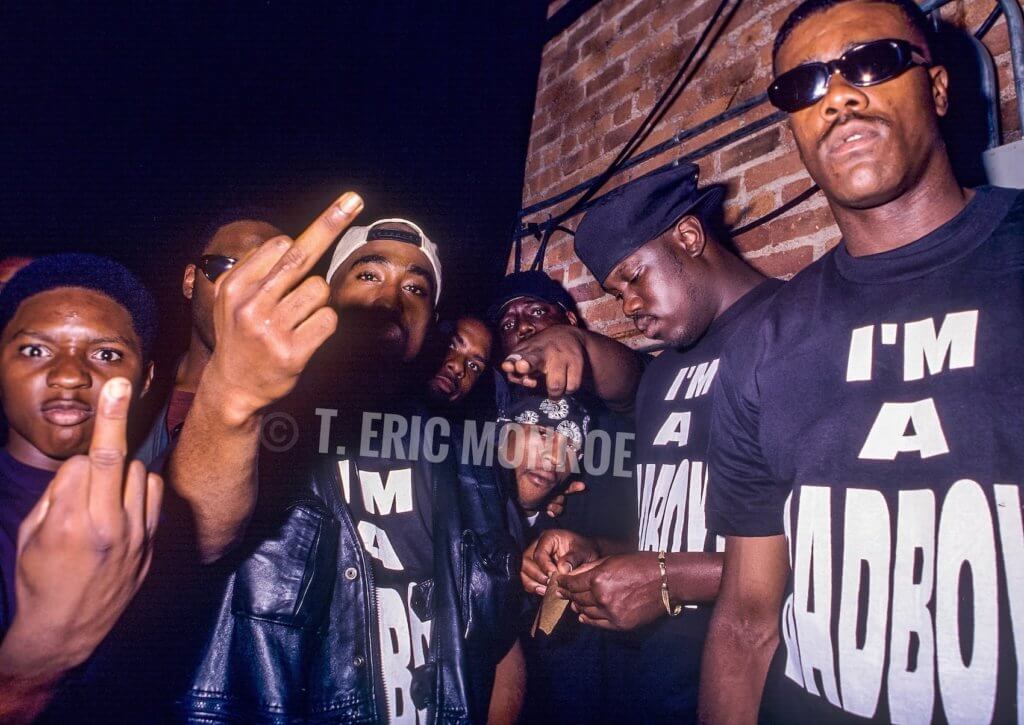
‘Rare & Unseen Moments of 90’s Hip-Hop’ and other ventures
By 1998 Monroe started to transition out of photography and started exploring other avenues in the skating industry. He helped form the Amateur Skateboard League in New Jersey and tried his hand at event marketing, tour managing and producing events surrounding the latest skateboarding and hip-hop video games.
One of Monroe’s latest ventures was the release of his photo books, “Rare & Unseen Moments of 90’s Hip-Hop” Volumes 1-3. The books had a collection of moments that Monroe had captured during the 90’s while he was on assignment, and Monroe says that the books had become teaching tools for those who are wanting to introduce their kids to the world of 90’s hip-hop.
As a result of the success of books, Monroe released a special collectors edition of “Rare & Unseen Moments of 90’s Hip-Hop.” Printed in Maspeth, Queens, only 100 copies of this book, which is wrapped in gold, have been made.
“I wanted to capture or share in one piece the relevance but also the reverence I have for 90s hip-hop and what it means for so many people,” said Monroe. “So making this gold book and putting so much time and energy into will give an art collector a perspective of 90s hip-hop, especially now that 90s hip-hop is considered iconic and legendary.”
For Monroe, the world has reached a point where we can start to look at 90s hip-hop through the lens of fine art and really solidify the legacy of the era.
“It’s a cultural mover throughout America. Hip-hop is American culture, it is American history,” said Monroe. ” It’s a billion-dollar industry, we have to approach it like it’s fine art. Sotheby’s did its first hip-hop-related auction, so that shows the acceptability globally as a part of the fine art world.”
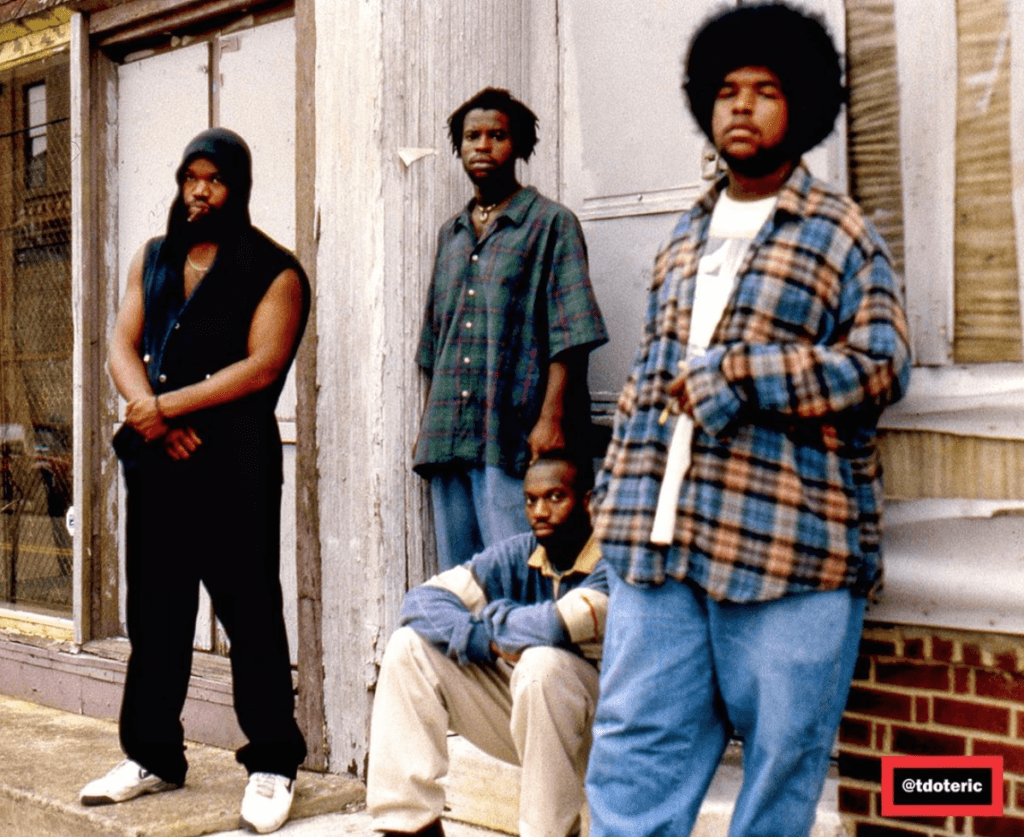
In 2020, Monroe launched his Broadened Exposure, a fine art collection that explores 15 moments in 90s hip-hop. The collection is available for viewing on Monroe’s website, with prints available for purchase, but Monroe also set up a walking tour of the Lower East Side for those interested in exploring 90s hip-hop can enjoy.
At five spots in the Lower East Side, you can find one of Monroe’s photos taken from that era. The placement of the photos was key, with Monroe stating that these places and stores that house the photos are integral in helping the next generation.
“These stores work with the next generation to show them how to develop a brand and support each other. So I’m very grateful to be able to work and showcase my work within that community of next-generation,” said Monroe. “It helps bring generations of hip-hop together over a picture. It creates community, it creates conversation, and having people walk through the Lower East Side doing a walking tour shows people different places that they didn’t know existed because it wasn’t a big name brand sneaker store.”
Monroe is also working with NJ Skateshop, Red Man’s Richmond Hood Company and Vans to release a limited edition line of sneakers and apparel centered around the New Jersey brick and the NYC skate scene.
“A lot of New York City buildings have New Jersey red bricks. Even the ones in buildings from Maine to Virginia,” said Monroe. “Vans creating red brick-colored sneaker with brick design throughout the entire side of sneakers, there will be three different kinds of sneakers.”
The line will also feature three photographic t-shirts, one of which has a photo of Monroe himself that day in 1988 when he photographed the winner of that skate competition.
“I’m actually holding my camera in that photo from 1988 and that was the same day that I photographed the young lady at the skateboard competition. It’s an interesting full circle collection that has brought out my storytelling,” said Monroe. “This one moment in 1988 of me going to skateboard competition, photographing it, getting photographed as it seems, and being on the t-shirt that’s a part of the collection that you are also contributing work to.”
The Vans collection will be available first on njskateshop.com on March 20, and to the rest of the country on March 27. For more information on Monroe, his photography or to purchase a book, visit tdoteric.com.
